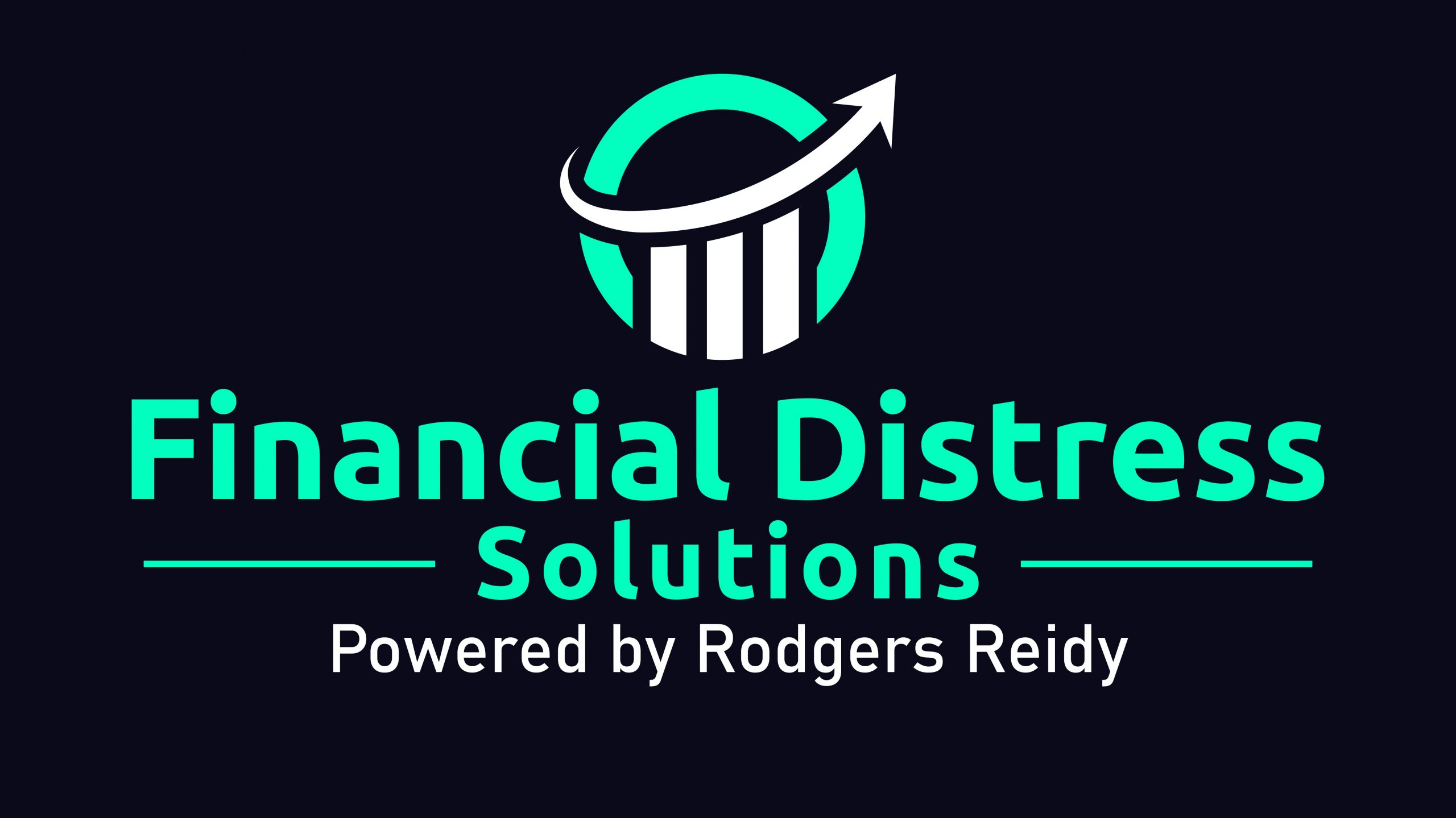Insolvency: How do you know if your company is insolvent?
You have a legal obligation to cease trading immediately if your company is insolvent – however recent Safe Harbour provisions give directors and companies breathing space to turn things around (provided certain criteria are met). If the business is already insolvent and is struggling with pressure from creditors, you need to determine whether you should continue to trade. The following information will help you assess if your company is insolvent, and if so, what your options are. To get immediate, specific advice from an experienced registered insolvency practitioner, call 1300 747 577 for a free consultation. When getting insolvency advice, be sure you’re speaking to a qualified insolvency practitioner and not a broker or middleman who may not have your best interests at heart.
Prefer to speak to an expert to discuss your situation? Email us or call 1300 747 577 for free advice.
‘Insolvency’ refers to a business which cannot meet its financial obligations as they fall due and usually has debts and liabilities that exceed the combined value of its assets. However, the exact definition and case law surrounding insolvency is more complicated.
How to tell if your business is currently insolvent
Your company is most likely insolvent if:
- The business is unable to meet its financial obligations and is regularly late making payments to creditors and the ATO.
- The business has accumulated and continues to accumulate statutory debts such as PAYG, GST and superannuation.
- The total amount your company owes in current is greater than the fair market value of all of the company’s assets (such as cash, stock, equipment, debtors and property.
- A creditor has already obtained a Court Judgmen or has issued a statutory demand for payment against your company that has been outstanding for more than 21 days.
If any of these apply, you could be in danger of having a winding up petition issued against your company. If you’ve already received a wind up notice, you must act immediately to avoid being wound up.
Warning signs that your company is facing insolvency
- Poor cash flow. Insufficient cash to cover basic operating expenses and supplies within terms of trade.
- Ongoing pressure from creditors. The ATO, your bank, suppliers, credit card companies or other creditors have been continually requesting payment for overdue debts.
- Ceiling borrowing. Overdraft and credit account limits reached or exceeded.
- Reduced supplier terms. Your suppliers have restricted your credits account, moved to cash on delivery payments or payment instalments arrangements have been entered into.
What happens if your business is insolvent?
As a director of a company in Australia you are legally obligated to act in the best interests of creditors as soon as you’re aware of the fact that the business is insolvent. You can face serious consequences if you continue to trade while insolvent, fail to seek appropriate advice, and are deemed to not have acted in the best interests of your company’s creditors. If you breach the above, you could be accused of breaching your duties and trading whilst insolvent and could face penalties including being ordered to personally contribute to the company’s liabilities, and potentially being disqualified from acting as the director of any company in Australia. Even if the company directors are not accused of misconduct, failure to address these underlying issues will mean that insolvency will eventually lead to the liquidation and dissolution of the business and personal guarantees being called in. It is imperative you seek professional help from a registered insolvency practitioner at the first sign of trouble.
How can an insolvent company turn things around?
Some good news: becoming insolvent does not mean that your business must close its doors forever. You have several options to get your company back on track:
Informal Creditors Arrangement:
Before formal proceedings begin, you can try to negotiate with creditors in an effort to agree on a reasonable repayment structure for your outstanding debts. This may involve lower monthly payments, and could keep creditors satisfied (and therefore avoid legal action against your company whilst we work with you to get your business back on track).
Creditors Voluntary Liquidation (CVL):
If creditors are already threatening action, have begun the process of taking you to court, or you have received a directors penalty notice from the ATO, you have the option to voluntary wind up of the company in the form of a CVL.
Voluntary Administration (VA):
If you enter voluntary administration, a registered insolvency practitioner is appointed to act as the administrator of your business with the aim of bringing about a turnaround through a variety of means. Taking this step instantly stops any legal actions being taken by creditors and may enable you to continue operating so you can turn around your business and avoid liquidation.
To discuss if any of the above options are suitable for you, or to learn more about the insolvency process, speak to one of our expert insolvency practitioners today: 1300 747 577.

